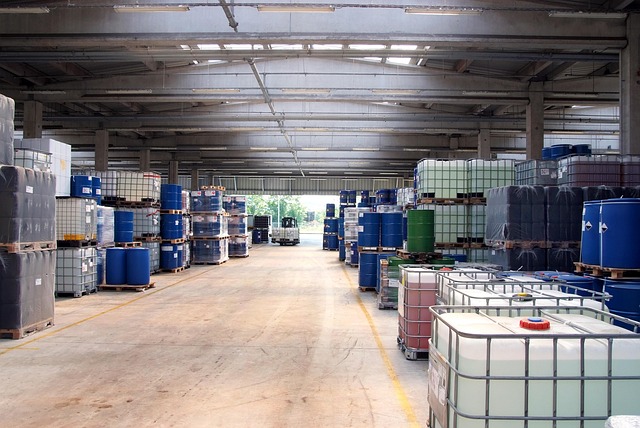Humic acid is a naturally occurring organic substance that plays a vital role in soil health, water purification, and various industrial applications. Formed from the decomposition of plant and animal matter over time, humic acid is a key component of humic substances, which also include fulvic acid and humin. This article explores its chemical properties, industrial uses, and environmental significance.
What is Humic Acid?
Humic acid is a complex mixture of high-molecular-weight organic compounds that result from the breakdown of organic material through microbial activity. It is primarily found in soil, peat, coal, and water bodies rich in organic matter. Humic acid improves soil structure, enhances water retention, and influences chemical interactions in both natural and industrial settings.
Chemical Properties of Humic Acid
Molecular Composition
Humic acid consists of carbon, hydrogen, oxygen, nitrogen, and sulfur. It contains various functional groups such as carboxyl, hydroxyl, and phenolic structures, which contribute to its reactivity and binding properties.
Physical Characteristics
– Solubility: Soluble in alkaline solutions but insoluble in acidic environments
– Color: Dark brown to black
– Chemical Activity: Acts as a chelating agent, forming complexes with metal ions
– pH Buffering: Helps maintain stable pH levels in soil and water
Applications of Humic Acid
1. Soil and Agricultural Applications
Humic acid plays a crucial role in soil health and plant growth by:
– Enhancing Soil Structure: Improving aeration, water retention, and nutrient availability
– Chelating Metal Ions: Facilitating the absorption of essential minerals by plants
– Stimulating Microbial Activity: Encouraging beneficial microbial populations in the soil
– Reducing Soil Erosion: Strengthening soil particle aggregation and preventing nutrient runoff
2. Water Treatment and Environmental Remediation
Humic acid is used in environmental applications, including:
– Water Purification: Aiding in the removal of heavy metals and organic pollutants
– Carbon Sequestration: Helping retain carbon in soil and reducing greenhouse gas emissions
– Oil Spill Remediation: Binding with hydrocarbons to aid in the breakdown and removal of contaminants
3. Industrial and Chemical Uses
Humic acid’s chemical properties make it valuable in industrial applications such as:
– Metal Recovery and Mining: Enhancing metal extraction through complexation
– Concrete and Construction: Acting as a dispersant in cement and improving workability
– Drilling Fluids in Oil and Gas: Serving as a stabilizer to reduce fluid loss in drilling operations
Safety and Handling Considerations
While humic acid is generally safe for environmental applications, precautions should be taken in industrial settings:
– Personal Protective Equipment (PPE): Use gloves, goggles, and masks when handling powdered or concentrated forms.
– Storage Guidelines: Keep in a cool, dry place to prevent moisture absorption and degradation.
– Disposal Recommendations: Follow local environmental regulations for disposal to prevent excessive accumulation in water bodies.
Future Developments in Humic Acid Research
Ongoing research aims to enhance the efficiency of humic acid in various applications, including:
– Advanced Water Filtration Technologies: Exploring its role in removing emerging contaminants
– Bio-Based Industrial Applications: Developing sustainable materials using humic substances
– Carbon Management Strategies: Utilizing humic acid for improved carbon capture and soil enrichment
Humic acid remains an essential natural compound with far-reaching benefits in agriculture, environmental science, and industrial applications. Its ability to improve soil health, facilitate metal binding, and support sustainable practices makes it a valuable resource for modern science and technology.
City Chemical LLC is a top producer of chemicals like: Humic Acid CAS: 1415-93-6.
Visit City Chemical at www.citychemical.com.

